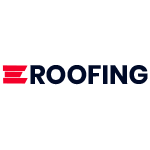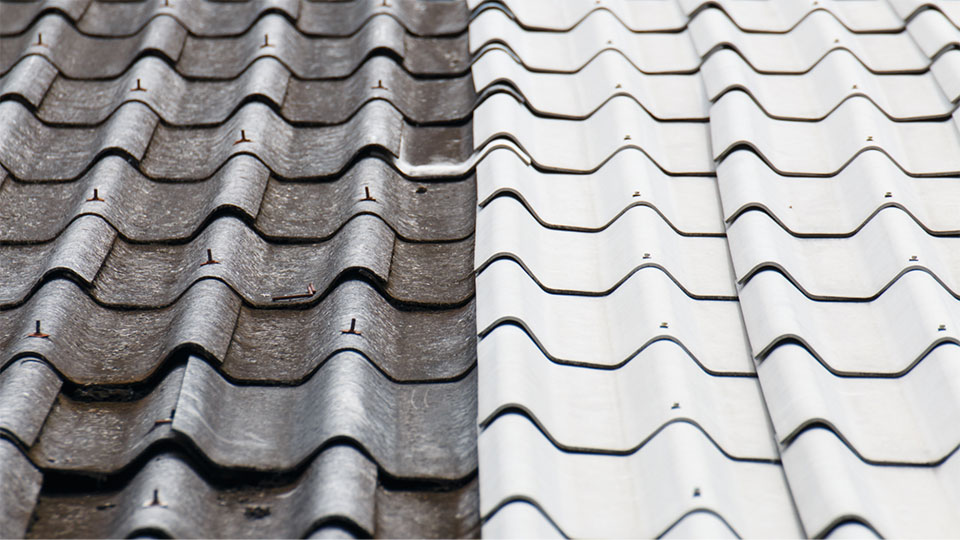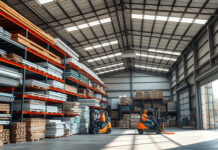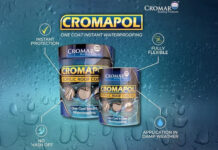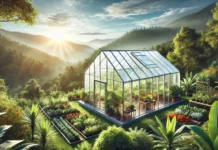Homeowners have so many choices when it comes to roofing, including materials, sizing, shape and colour. While many options are cosmetic, some – including the materials and colour – define your roof’s structural integrity and energy efficiency.
You might not know it but the colour of your roof isn’t just a style statement; it also defines energy efficiency. In this guide, we’ll explore the colours available and how they’ll impact your energy bills.
The science of roof colours
You can choose between a range of colours for your roof, but most fall into the light or dark category, and this is where things get complicated. The science behind these colours means one is good at maintaining heat, while the other can keep your home cooler.
Light roof colours
If you’ve been abroad to a warm country, you’ll notice many buildings have light roof colours instead of darker shades. The main reason is that light shades have reflective properties, which send the sun’s rays back into the atmosphere.
In simple terms, lighter roofs can prevent heat from entering a building, which keeps it cool and reduces the need for air conditioning.
Let’s take a look at some of the benefits of light colours:
Lower Temperatures
For some countries, sweltering heat is more of a long-term thing rather than just during summer. Getting a light-coloured roof means it’s easier to maintain a cool temperature, which is ideal when heat is an ongoing issue.
Reducing Heat Islands
Urban heat islands occur when buildings and roads re-emit heat, which makes the surrounding areas a lot hotter than natural environments. Light roofs can repel the heat more effectively, which ensures the surrounding areas are cooler.
Financial benefits
The cost of air conditioning can gradually increase, especially when you’re using it constantly. As light roof colours reduce the need to cool your property, you can save money and enjoy a natural solution.
Dark roof colours
In contrast, dark roof colours are known for their absorbent properties, which means they absorb heat rather than reflect it into the atmosphere. While darker shades aren’t great for warmer climates, they’re beneficial for cold countries.
Let’s explore the benefits of darker roofing.
Thermal mass
Darker colours boast higher thermal mass properties, which means they absorb and retain heat more effectively. If you live in a colder area with harsh winters, investing in dark materials will ensure your building remains warm for longer.
Durability
Many specialists believe that darker roofing materials can also boast more durability; especially in damper environments. The roof is able to withstand moisture and mould, making it an excellent investment for buildings that experience a lot of rain.
Energy efficiency
Heating bills can be expensive in the winter months, and many people try to find ways to reduce their reliance on central heating. Choosing the right roof colour can significantly affect your bills and keep your property warm.
Which roof shades are most efficient?
In general, lighter roof colours offer more energy efficiency, as they reduce your reliance on air conditioning and fans. The best colours to choose between include:
- Light Green
- Light Blue
- White
- Cream
- Light Grey
- Light Brown
There’s also potential evidence that white roofing can potentially join the fight to battle climate change, although this research isn’t yet confirmed (The Atlantic). However, lighter colours will deliver if you want to keep your home cool.
Can dark roof colours be energy efficient?
Dark roof colours can reduce the amount you spend on your energy bills, but they won’t replace the need for heating altogether. Instead, you can improve efficiency levels by adding a reflective coating or painting over the roof with a light colour.
Not only will this maintain the roof’s ability to retain heat, but it will also reflect sun rays during the warmer months.
The link between roof colour and style
Once you choose your roof colour, you’ll also need to consider the materials and style, which will both play a role in its efficiency. The first decision you’ll make is whether you want a sloped or flat roof.
Sloped roof
Sloped roofs are the more traditional style, popular in residential buildings. In terms of energy efficiency, they also have numerous properties that make them effective, including:
- Drainage: The unique design of these roofs means they can move water and ice away from the surface, which means they don’t have a chance to settle.
- Adaptability: These roofs can also prevent ice dams from forming, which prevents the interior of your property from getting colder.
- Insulation: As they have a unique sloping finish, sloped roofs are also great for extra insulation, as there’s enough space in the attic.
Flat roof
Flat roofs were previously popular in areas with low rainfall, but technological advances mean we’re seeing more of them now. Their benefits include:
- Heat Absorption: Flat roofs are effective at letting heat into the building, which means they’ll keep the property warmer in winter.
- Insulation: Another benefit of flat roofs is that it’s much easier to insulate them, which saves money.
- Affordability: Many people find flat roofing is simpler to install, which is ideal if you’re on a budget.
Materials
Roofing materials also dictate energy efficiency; some have better thermal properties than others. For example, clay and metal have high-efficiency ratings, while shingles and asphalt offer moderate efficiency.
In general, clay and concrete can last between 30 and 50 years, with metal having the longest lifespan of over 70 years.
The bottom line
When choosing the right roof colour for your needs, remember light shades are best for warmer climates, while darker colours suit cooler weather. The colour is only one factor that decides energy efficiency, so remember to consider other properties too.
Understanding the different materials and roof styles can help you choose the right combination. The result? Lower energy bills, aesthetic appeal and a roof that will last years.
If you need high-quality roofing materials, we stock a range of products from reputable manufacturers. Please feel free to browse our website to contact us for advice.
